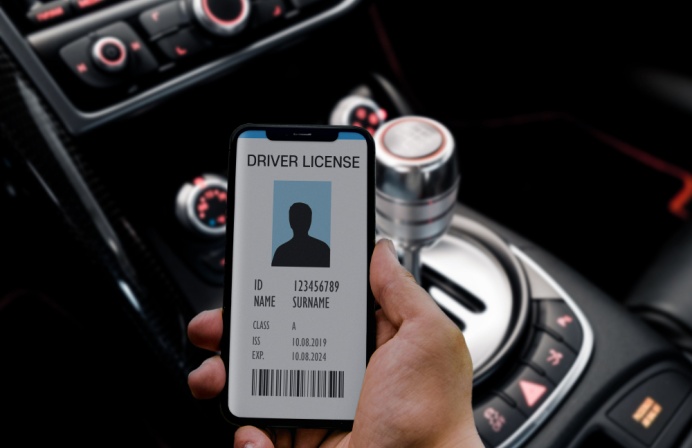
Government and industry experts shared insights into the future of digital government at the FST Government Victoria conference held 20th July in Melbourne. Insights were shared into the latest “Victorian Government Technology Strategy: 2016-2020.”
The Victorian government’s action plan for digital government is open, innovative and fully-engaged, according to Geoff Beggs, acting executive director enterprise solutions branch, Department of Premier and Cabinet.
As a keynote speaker, Beggs clarified the “Victorian Government Technology Strategy: 2016-2020.” This strategy builds on open and innovative government, together with deeper engagement with citizens and the industry.
The Victorian ICT strategy, launched in May 2016, sets the parameters to match technology choices with innovations involving service delivery. “The headline is around public sector reform. This make public services better, more productive, and delivers greater bang for the buck.”
Information and data management is taking centre-stage. “This is something that we’re quite keen on,” said Beggs. “We’re looking at our information from a holistic point of view. This means taking a systemic approach to data sharing across all agencies.”
The broader goal is overcoming the barriers around siloed departments. This builds on public sector modernisation. The Victorian ICT strategy is pitched as a five-year plan. “This is pretty bold, but the actions are for the next 12 months. This strategy incorporates core principles and guidelines.”

Digital-by-default
Among the procurement choices, clarity is needed around platforms including the cloud. The idea of software-as-a-service is gaining traction. “If you can’t get something, the next thing you can do is buy. We want you to keep this as vanilla as possible. The last resort is if you can’t find something special, then you can build this.”
An innovation layer examines cutting-edge technology. “We’re looking to create services that’re digital by default,” said Beggs. “We recognise that data is not a by-product of what we do. This is a strong driver for the work of government. Our principles are open, accurate, shared and governable.”
On the digital front, the peak agency Service Victoria is building high-volume transactions between government and citizens. “This is a project that’s being run out of my department. This is our major piece around digital opportunity.”
Technology reform is “not about wearing a white coat, and tending to things. We’re looking for modern systems for employees. When young people join us, and we say ‘this is your system,’ there’s often shock and horror. When one system required sending a fax, part of the training for staff was to describe what a fax was.”
Governments seek modernity not simply because they believe in newness. “This is about ensuring staff is productive, and that engagement with citizens is fully streamlined.”
Tackling cyber-security threats
Cameron Boardman, executive director, investor engagement, Department of Economic Development, Jobs, Transport and Resources, outlined Victoria’s ambitious plans to become a cyber-hub.
He said internationally there are 20 to 30 billion connected devices that remain vulnerable to cyber-attacks. “This number has got to be closer to a 100 billion.”
In cyber-space, it is not a question of if an organisation is attacked. “This is about when they will be hacked. No government, organisation, or system is adequately prepared to deal with the evolving, more sophisticated and organised hacking of systems.”
Through to 2030, Asia Pacific will account for nearly US$635 billion in new investment for ICT platforms. These encompass the internet of things (IoT), big data and analytics, the cloud, mobile technology, as well as cyber-security.
The global cyber-security industry is potentially worth US$170 billion. Among recent alliances, the Victorian government has partnered with the US Department of Homeland Security. “The rest of the world is looking to Australia, and especially Melbourne, as the base to provide the opportunities and the solutions,” said Cameron.
Equally with the opportunity comes the threat: “This is where it starts to get quite particular from a policy perspective. The US government estimates that consumer loss – and not the industry loss – that is victims of cyber-security is about US$125 billion per annum.”
Moreover, there is a massive shortage of cyber-security graduates. “Internationally 1.5 million is referenced. In Australia, conservatively we think this stands at 8,000 to 9,000.”
One Victorian initiative involves launching the Melbourne-based Oceania Cyber Security Centre in September 2016. This initiative galvanises 8 founding universities, industry ministers, members across defence and finance, as well as industrial participants.
“We’ve also attracted the first international office of the Oxford Global Cyber-Security Capacity Centre. The Oxford centre is indisputably an international leader. This organisation does whole-of-economy audits, looks past policy to vulnerabilities, and works on industry coordination.”





